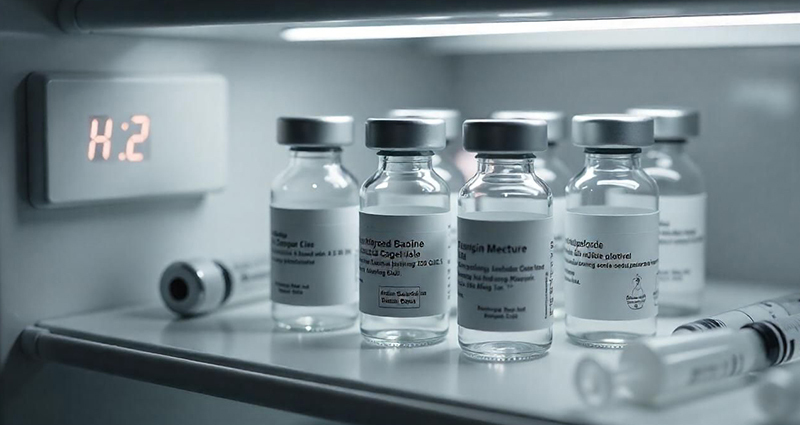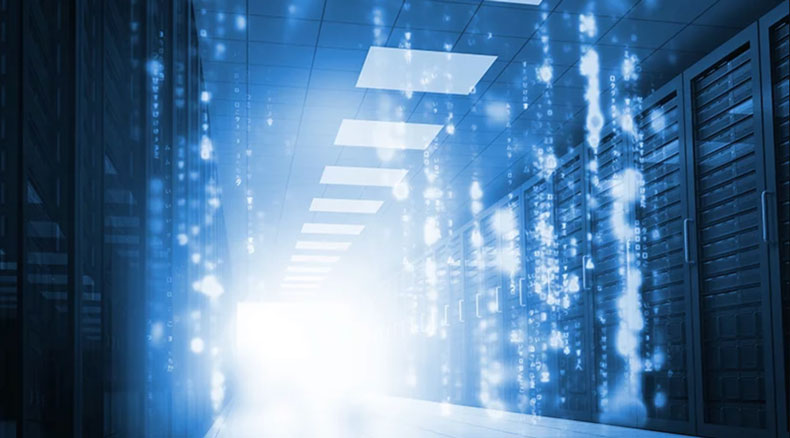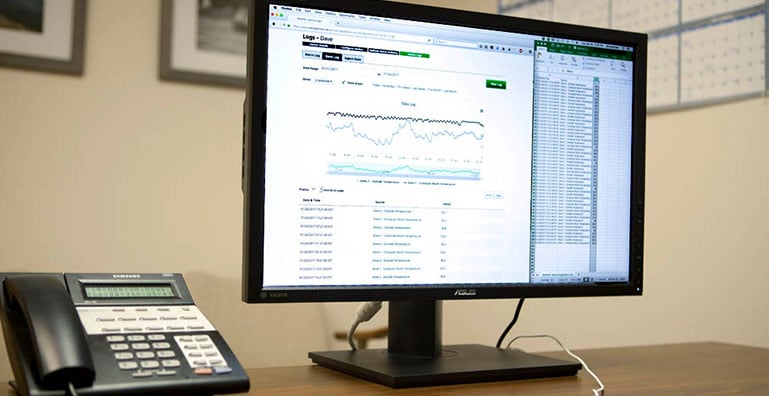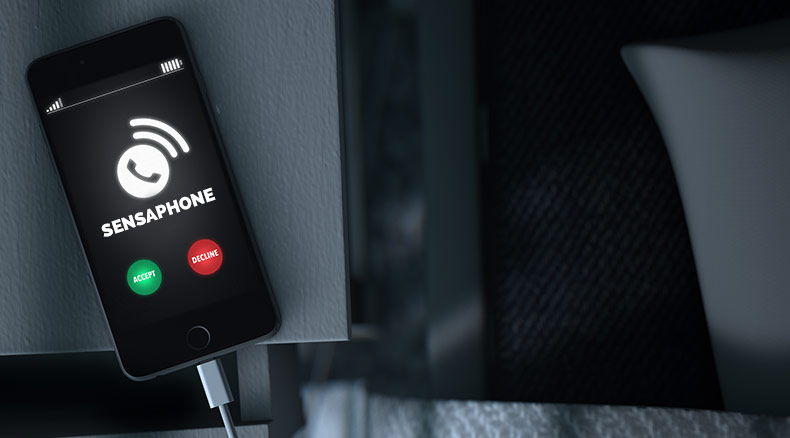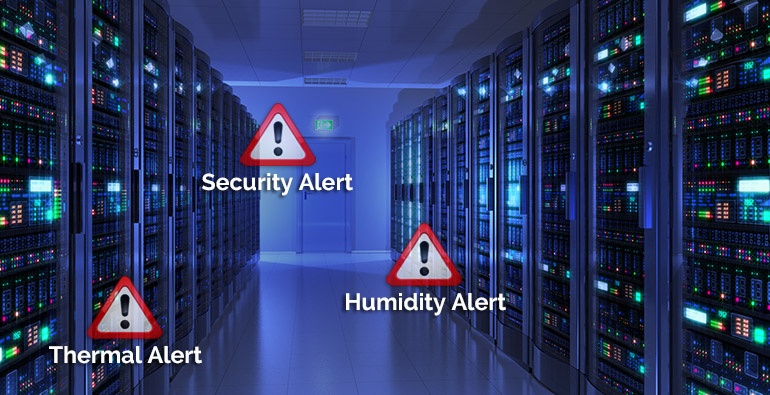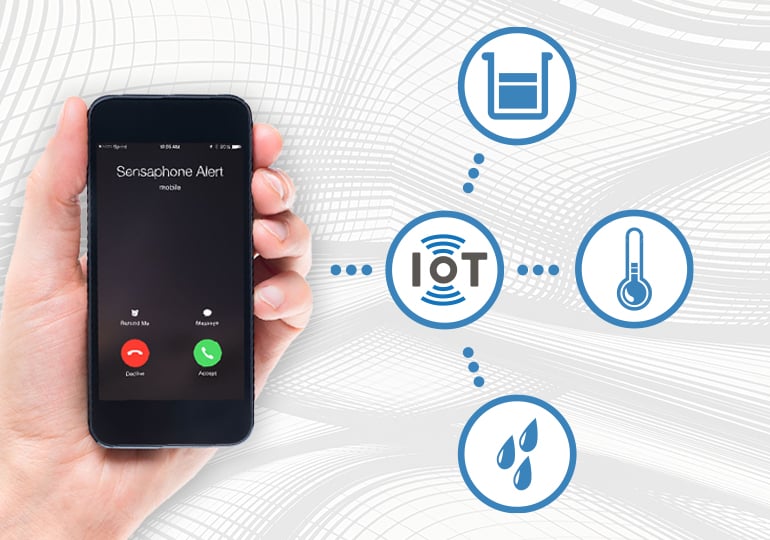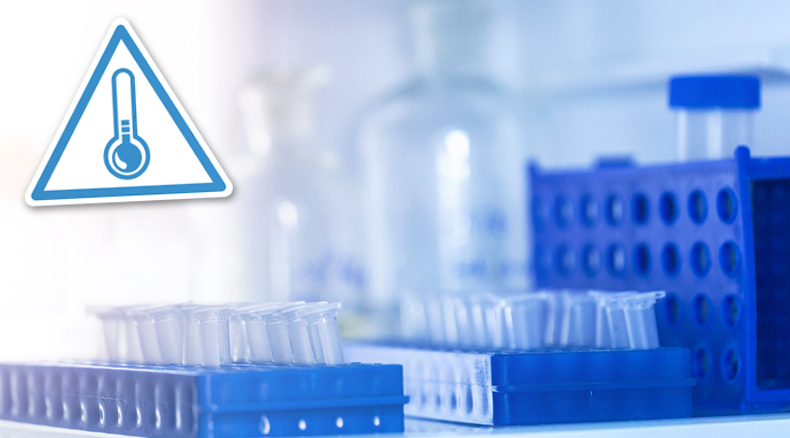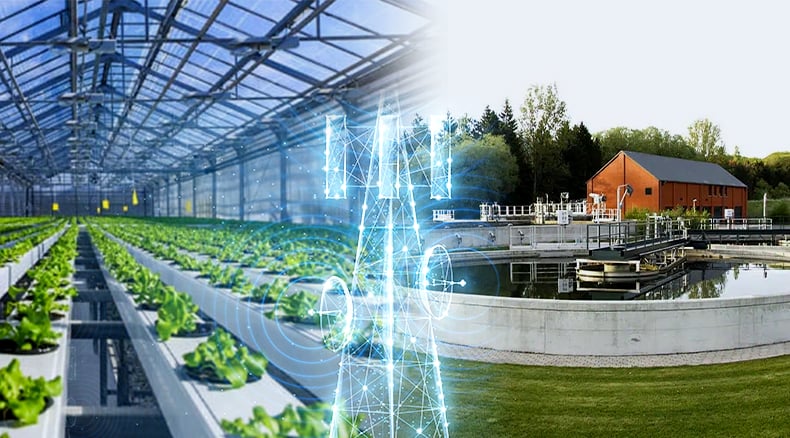
In today’s rapidly evolving technological landscape, it’s more important than ever to ensure that equipment in remote locations continues operating without interruption. Whether it’s a lift station in a rural area, or a barn with livestock, weather events, equipment malfunctions and unexpected power outages can all disrupt operations.These challenges highlight the need for a reliable remote monitoring system, one that maintains constant oversight of critical parameters and enables quick responses to potential threats. When a reliable Ethernet connection isn’t available, a cellular monitoring system offers an..

